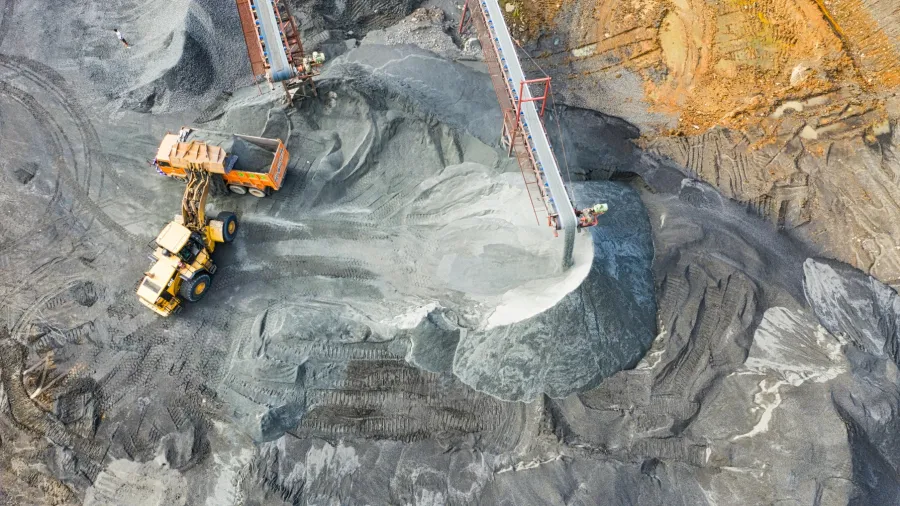
Closure of ASEAN’s newer coal plants by 2040 doable
Adding new coal plants and retrofitting existing ones are a larger risk to the transition.
Younger coal plants in the Association of Southeast Asian Nations (ASEAN) region could be profitably retired by 2040 — the deadline under a United Nations global roadmap to reach climate targets — under the right policy conditions.
In 16 years, the average age of existing coal plants in the region will have been 28 years, beyond the average lifetime of many power purchase agreements, (PPA) and not far from the global average retirement age of 36, according to Global Energy Monitor.
“The larger risks to a coal-to-clean transition in the ASEAN region are adding new coal plants and extending the lifetime of existing plants through costly retrofits,” it said in a report released in August.
Asian Power sought insights from industry experts on how plant operators can meet the criteria for a profitable transition to renewable energy.
Christine Shearer
Project Manager
Global Energy Monitor
A plant owner may argue there are losses from the early termination of a PPA that was designed for 25-30 years, but a payment could be made tied to the remaining value of the plant that satisfies the owner. This could actually work in the owner's favour as the energy system becomes more clean and the demand for power from old coal plants decreases.
If you sell the plant now, you are guaranteed a return versus the uncertainty of the future, particularly after the PPA contract ends. Even better if that sale is used to fund more renewables and the income from that.
We see this in the US in some cases, where a few coal plants have closed already because they cannot compete with cheaper renewable power, or their output is reduced and they are marginally profitable with an uncertain future. There are also mechanisms to offset lost potential profits through market mechanisms such as carbon credit sales.
Before 20 years, a coal plant could lose a lot by shutting down — they would be on the hook for outstanding debt and they would lose the future value of all annual profits for the duration of the PPA contract. So they wouldn’t be able to repay the debt to the bank or the equity to the owner/investor, unless an alternative financing arrangement is made.
Right now, just 16% of the region's coal plants would be under 20 by 2040, but any new coal plants risk increasing this percentage and the potential for stranded assets.
We're getting there, but there's still work to be done. In Malaysia, for example, the Prime Minister announced in 2021 they will not build any new coal plants in 2024. Just a few months ago, they said they're going to halve their coal fleet by 2035 and phase out coal power by 2044.
What we've seen with countries like the UK is when a country commits to phasing out coal, and they're clear about it, then the policy landscape is clear, and a lot of times, those coal retirements that are planned actually accelerate, and so things might speed up. So just by saying 2044 makes 2040 possible.
In the Philippines, there's a very big grassroots movement against coal that is kind of pushing the country towards phasing out coal. And the central government has limited new coal plant permits in the country, although there have been some exceptions.
And then you look at Indonesia and Vietnam, which both have these economic transition partnerships. So the intention is there; the problem is they're still proposing new coal plants in both countries, and the proposals are just not in line with the emission goals in the JETP (Just Energy Transition Partnership).
So we would argue that in order to bring the ambition in line with the JETP, those proposals should be cancelled.
Paul Jacobson
President
Jacobson Solutions LLC
Owners of coal plants should be looking at their own assets and making the assessment of whether they are in a position to maximise the value of the asset by phasing out coal and replacing their facilities with renewables, energy storage, carbon credits, and potentially cheaper concessional/blended finance.
There are already cases of relatively "young" plants being in the position to do that by 2030 — particularly when they factor in the future uncertainty where many banks in ASEAN countries are already talking about eliminating their coal loan book in the 2030-2040 window. As that happens, their costs of doing business will increase sharply and worsen their profitability anyway.
Some countries still believe they should be building more coal [plants], and they haven't yet realised that you can actually build a competitive power system with renewables, and they're kind of locked into this model of coal for base load power. So, anything you build now will be very difficult to shut down by 2040 because it takes 15 to 20 years to pay off most of the debt on a facility you build.
Finding a mechanism to encourage people to renegotiate PPAs is critical. It really depends at a national level, the political and business motivation to do so. It's not unheard of to renegotiate these kinds of agreements, but for the markets, in particular in Southeast Asia, it's not typical so that requires quite a mindset shift and quite a lot of political will to enforce that.
In the Philippines, there's an organisation working with ACEN Corp. [and] they've come to an agreement to close the asset a little bit early, and they've come to an agreement on how they want to put a value on that and find a way to finance that.
If you targeted about 2038 for the year of closure, you could start to make a feasible transaction. So I would say, for the plants that are very new right now, five to 10 years old, you could probably target a closure before 2040 in the 2035 to 2040 time frame, if you were to start negotiating it now, and thinking about how you might restructure their PPA.
That's why I think 2040 in principle is very much achievable, because that would leave only plants that are fewer than five years old, and you give them another five years or so, and by 2045-2050 you could shut those, and that would be a much smaller share of the grid.
So I'm of the opinion that if there's the right political will to renegotiate contracts, and the owners can be convinced of this as well, and then that there's a concerted effort to build out large-scale renewables, replace them and finance that, we could achieve that.

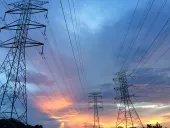
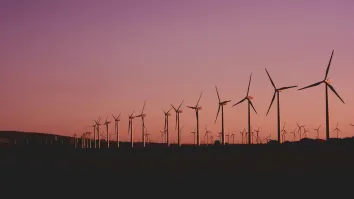

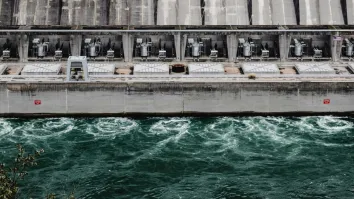
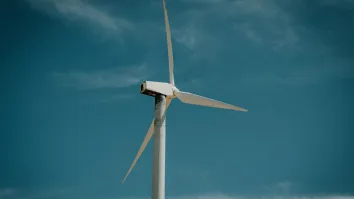













 Advertise
Advertise






